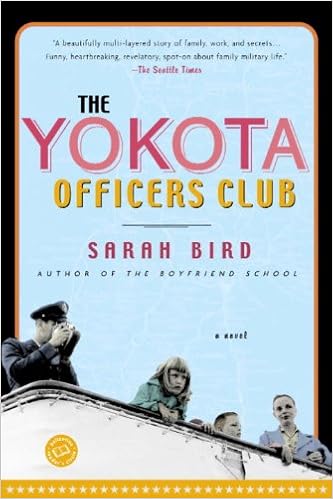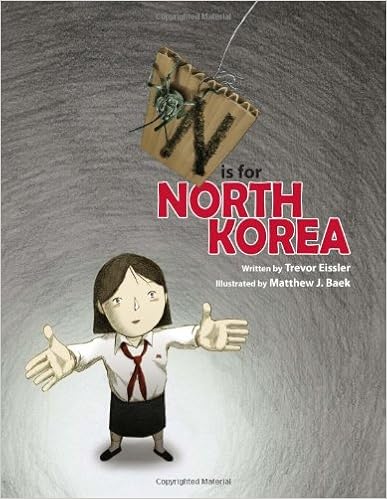I am lucky. My father survived a tour in Vietnam as an Army recruit and three tours in the Gulf War as a government contractor.
 I don't remember books written just for military third-culture kids when I was growing up. I know we have the Piper Reed series in my school library, though I confess I haven't read them yet (maybe the fact she's a Navy BRAT has something to do with it, and I'm unfamiliar with having a parent at sea). As an adult, the book that's come the closest to describing the life I knew on base was The Yokota Officers Club by Sarah Bird, in which the setting is familiar, but the dynamics in this Air Force family are not what I experienced growing up. Hmmm, maybe I need to write a book?
I don't remember books written just for military third-culture kids when I was growing up. I know we have the Piper Reed series in my school library, though I confess I haven't read them yet (maybe the fact she's a Navy BRAT has something to do with it, and I'm unfamiliar with having a parent at sea). As an adult, the book that's come the closest to describing the life I knew on base was The Yokota Officers Club by Sarah Bird, in which the setting is familiar, but the dynamics in this Air Force family are not what I experienced growing up. Hmmm, maybe I need to write a book?The particular culture of military children was documented in the movie "BRATS: Our Journey Home". I would recommend it for teens and older, as it touches on some of the darker aspects of military life on base. I cried a bit while watching, nodding my head every few minutes as common BRAT memories were displayed and explained on the screen.
Getting back to books for BRATs--in my search for such books, I came across this project shared by a fellow librarian Jan Pye Marry. It's been updated as of 2014, and I know we have a few of the books she mentions on our own shelves in my school library. Thanks, Ms. Marry, for finding books for such a special group of children.
It's Monday, and this Memorial Day, let's think of the kids of the fallen, too. They've served our country in their own way.





